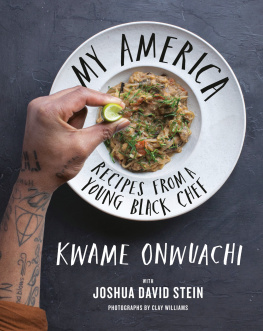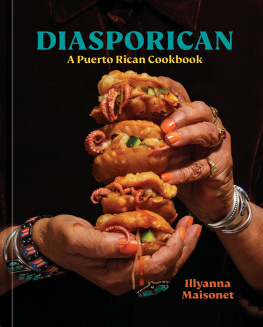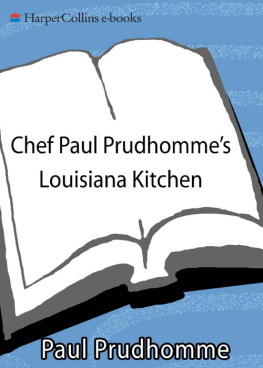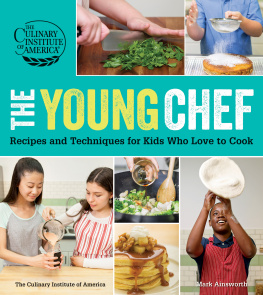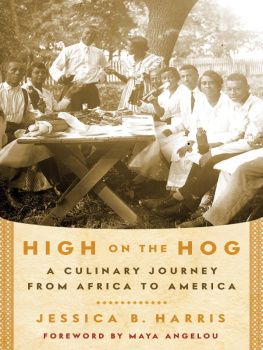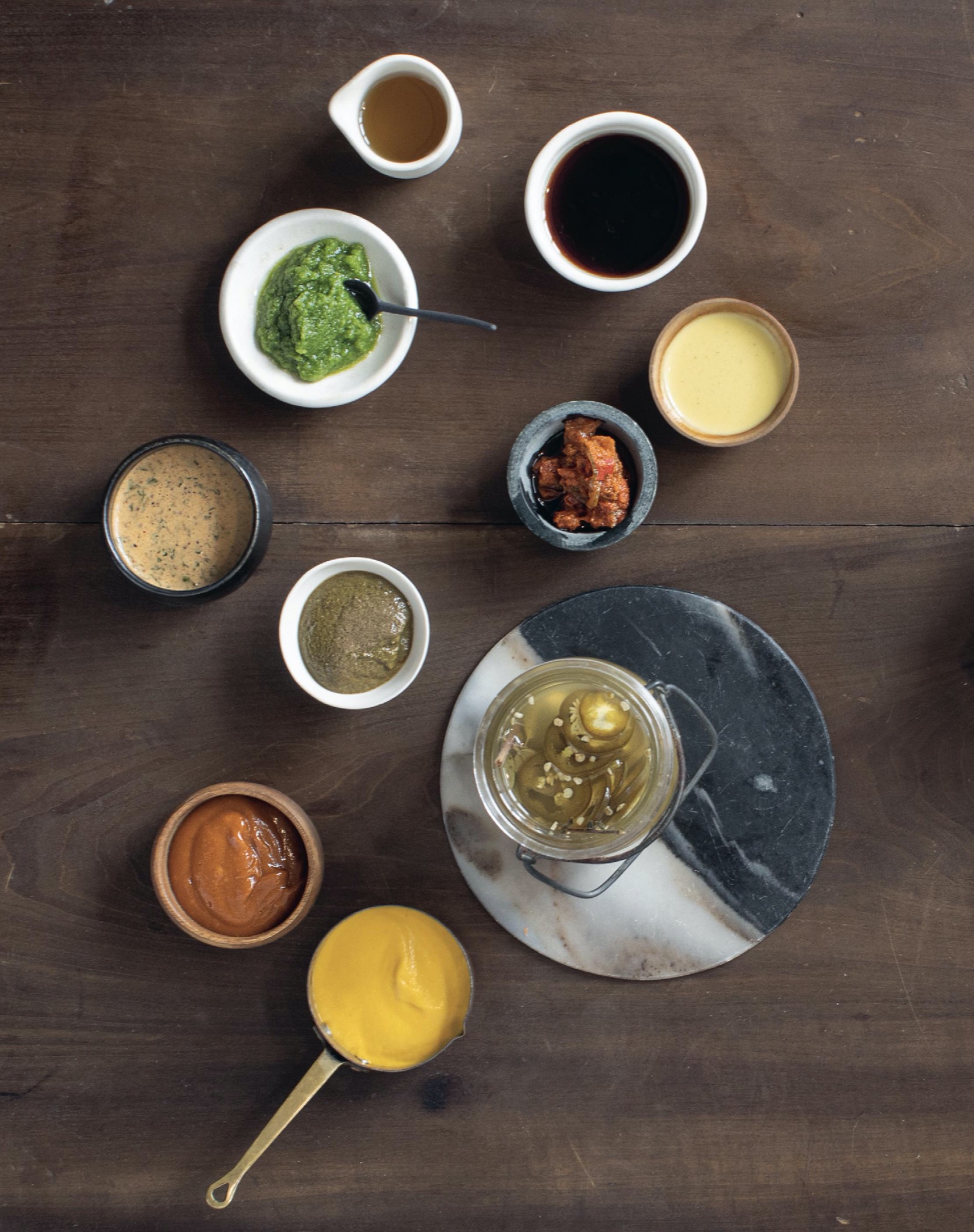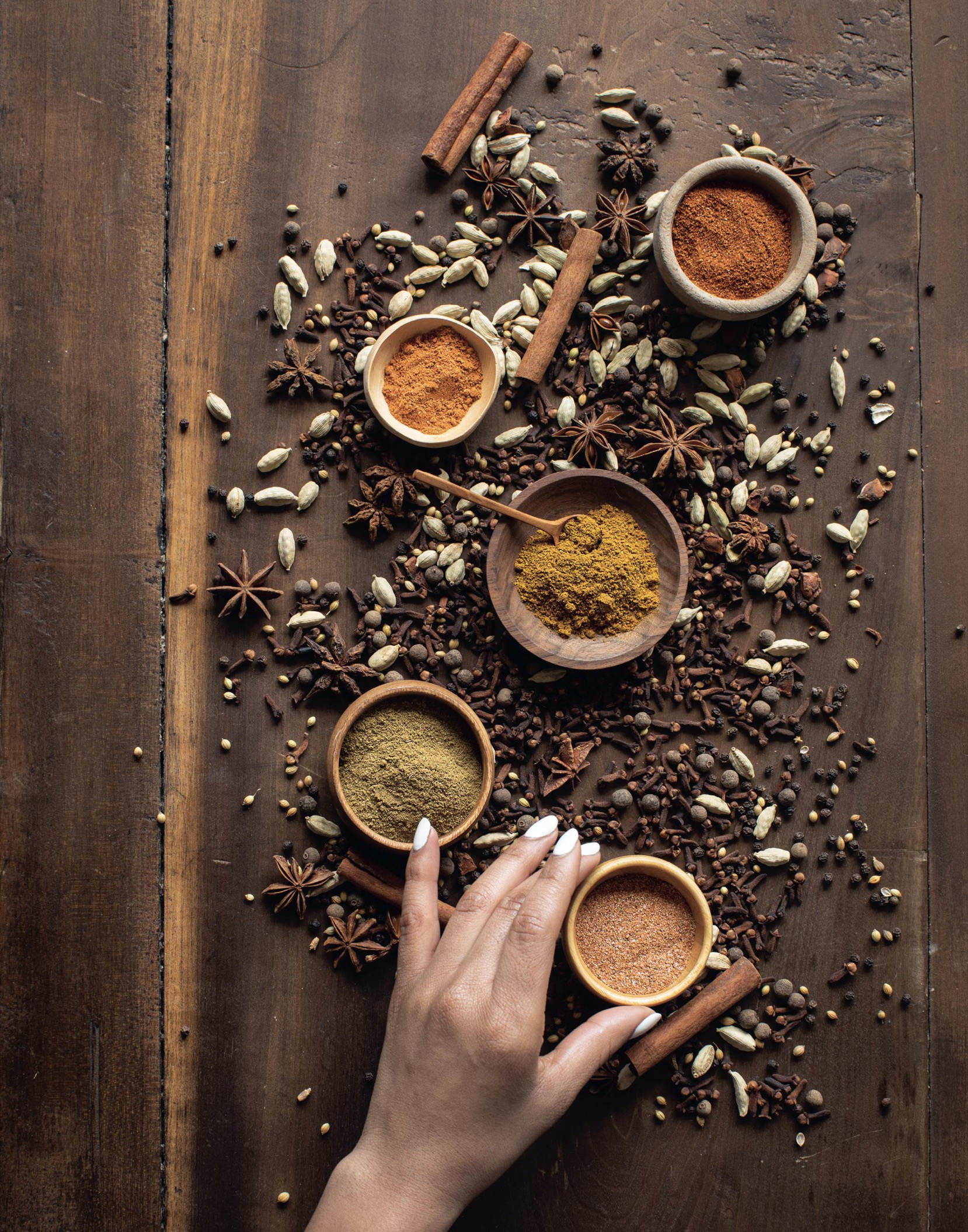Contents
Landmarks
Print Page List
ACKNOWLEDGMENTS
From Kwame
Id like to thank Paz, my main man who has been rocking with me since day one, from catering weddings in culinary school to doing events around the world. Thank you for trusting in my vision. To Taylor, who is such an important part of my life professionally and personally, you bring a smile to my face and keep me grounded. To Clay, who helped capture the amazing essence of this book. To Lori, who always has my best interest at heart, and whose laugh is infectious. Id like to raise a non-alcoholic beverage for Tom for keeping everything on track. To Caroline, for all of the yummy samples while I was filming. And of course to Joshua, for trusting in my vision and capturing my voice so eloquently, I bestow on you as many thank-yous as you have tattoos.
From Joshua
As with Notes , my deepest gratitude goes to Kwame, who invited me to help tell these stories and to share these recipes. A huge debt of gratitude as well to the entire My America party, including Caroline Lange, our intrepid tester; Paz, keeper of all knowledge; and Taylor, keeper of all schedules. Praise be to Clay Williams, whose images bring these dishes to life. At Knopf, this work couldnt have been done without the guidance and trust of our extraordinary editor, Tom Pold; the too-often-unheralded copy editor Amy Stackhouse; and designers Cassandra Pappas and Kelly Blair, who gave us a book as beautiful as it is soulful. Finally, a big thank-you to my agent, David Black, for being my tireless advocate in all matters publishing.
Also by Kwame Onwuachi
Notes from a Young Black Chef
(with Joshua David Stein)
A Note About the Authors
Kwame Onwuachi is a James Beard Awardwinning chef and author of Notes from a Young Black Chef . He has been named one of Food & Wine s Best New Chefs, Esquire s 2019 Chef of the Year, a 30 Under 30 honoree by both Zagat and Forbes , and has been featured on Time s 100 Next List. A former contestant and now a recurring judge on Top Chef , he currently serves as Food & Wine s executive producer. Raised in New York City, Nigeria, and Louisiana, Onwuachi trained at the Culinary Institute of America in New York and opened five restaurants before turning thirty.
Joshua David Stein is a writer, editor, and illustrator. He is the co-author of Notes from a Young Black Chef , with Kwame Onwuachi; The Nom Wah Cookbook , with Wilson Tang; Il Buco: Stories and Recipes , with Donna Lennard; Food & Beer , with Jeppe Jarnit-Bjergs and Daniel Burns; and Vino: The Essential Guide to Italian Wine , with Joe Campanale. He is the author of the cookbook Cooking for Your Kids: At Home with the Worlds Greatest Chefs and of many childrens books including Can I Eat That? , Whats Cooking? , and Solitary Animals . He lives in Brooklyn with his two young sons and a mutt named Hermione.
PANTRY
The work of cooking is like dancing on an iceberg, the whorl of action in the kitchen, the so-called active time, relies on hours of hidden labor, the slow and steady penetration of flavors, the canny use of the hot sauces, marinades, powders, infusions, pastes, and spices you find in the pantry.
Though many of the worlds culinary traditions rely on the pantry to turn relatively simple dishes into flavor bombsKoreas gochujang, for instance, or Japans katsuobushifew kitchens are more invested in it than the diasporic one. From the fiery red stew (obe ate din din) of Nigeria to the mojo of the Caribbean kitchen to the berbere of Ethiopia, the long walk to the dinner table starts hours, if not months, before dinnertime.
Id always known the pantry to be important, the spices to be key, so much so that when I opened Shaw Bijou, my first restaurant, I spent hours collecting a wall of spices that would both greet the diner and inspire my cooking. But it wasnt until my next project, Kith and Kin, that I dove deeply into the pantries of the African diaspora in particular. And there I found the foundations of my culinary home.
Why has the pantry come to define the food of the African diaspora? One reason is that for many of Africas children, their lives were not their own, their time not theirs to spend. It was stolen by the institution of slavery in the United States, in the Caribbean, and elsewhere. After emancipation, economic hardship and continued systemic oppression often meant cooking in snatched minutes, reclaimed time, taking advantage of what moments one could. Spice mixtures like House Spice (), all maximized the precious moments spent in the kitchen.
In some cases, the spices we celebrate today are a direct result of persecution. The cayenne-flecked hot sauce that my taste buds craveand the use of chili peppers in general in the United Stateshas its roots in slavery. Cayenne and later tabasco peppersand hot sauce in particular, though at the time it was called pepper vinegarwere given to Africans as a tonic to keep them healthy enough to work. The pantry has given us the power to transcend these rotten roots.
The pantry is the soul of the diasporic kitchen, where hardship has been alchemized into, for my money, the richest, deepest, most delicious flavors of the world. It all begins here. The pantry is a cabinet of truth, passed down and discovered anew, that time is your friend in the kitchen. The pantry offers a continuity of flavor, the vascular system of a cuisine, over thousands of years. (You can trace your way from Ethiopias berbere along the Silk Road trade route to China, or cayenne pepper from South America to West Africa and then to North.) These spices and pantry items form the arteries stretching over the Atlantic Ocean and through the years and tides of my own life. And although I had long understood them each in their own context, bringing them here has been an Avengers Assemble moment. To understand that Sofrito () are echoes of each other, riffs on the same melody.
And finally, Im happy to say it, the pantry is my secret weapon. Almost all of the recipes that follow utilize some element of the pantry. The work happens in the next few pages. Then its largely smooth sailing. Know these recipes and youll know my cooking from the inside out. As youll see, there are two pantry elements that make their way into almost every one of my recipes. The first is traditional, the second isnt. House Spice (), or GGP, which I picked up from a friend in India. Because not all journeys are made by our ancestors.
Ginger-Garlic Pure (GGP)
Together with Peppa Sauce (), GGPginger-garlic pureis a key ingredient in the majority of dishes that come out of my kitchen. The combination of the wake-up-your-mouth zing of ginger and the slightly softer garlic is common throughout the Caribbean, but I owe this particular preparation to my friend Alex Sanchez. Alex and I worked together at Eleven Madison Park. At the time, I thought he was just some bright, friendly kid from San Francisco. But at one point, we had a culinary student from India come in, who told me, eyes wide, I just never thought Id be working next to Alex Sanchez. The Alex Sanchez. I looked over at Alex, and he looked a little embarrassed. Turns out he was, even then, a celebrity chef in India, where he ran the Table, one of the countrys best fine-dining restaurants. He had never mentioned that to me. Over the years, Ive visited him a few times in Mumbai to do pop-ups. On one visit, I wanted to make a curry, and his cooks reached for the GGP. They told me its in everything they make, and, once I started using it as a base flavor, I understood why.

